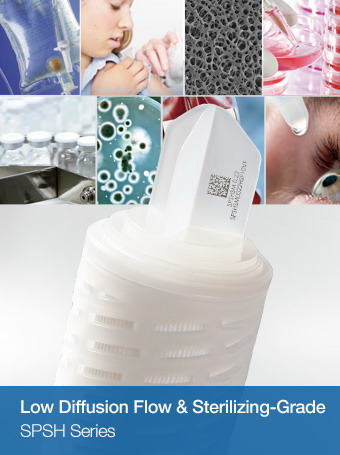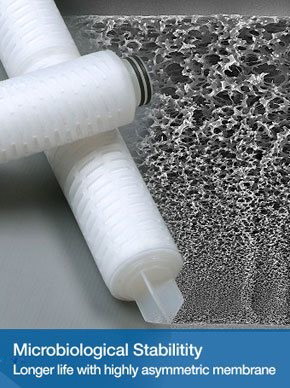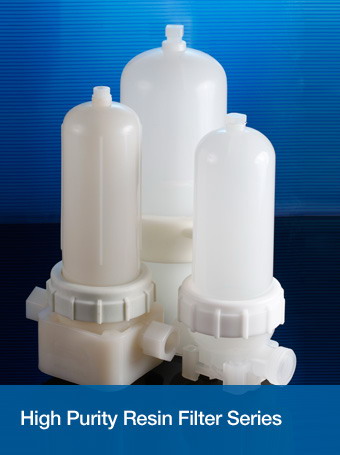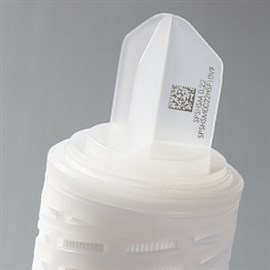Sterilization and Filtration of Disinfectants
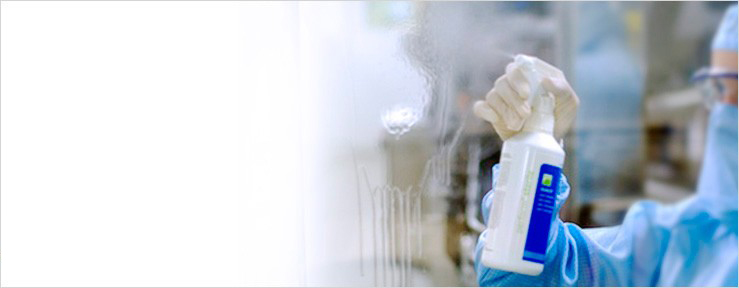
The new version GMP requires that disinfectants entering Class A and Class B clean areas should be sterilized by sterile filtration or other appropriate methods. However, disinfectants often have certain oxidizing or corrosive properties. According to the GMP standard, the chemical compatibility between the disinfectant and the filter must be inspected. We Cobetter have completed a lot of similar validations and have abundant relevant experience.
Disinfectants
Disinfectants containing chlorine:84 disinfectant solution, chlorine dioxide, sodium hypochlorite, etc.
Peroxide disinfectants: hydrogen peroxide, peroxyacetic acid, acetic acid, etc., hydrogen peroxide, reactive oxygen (solid), ozone.
Aldehydes disinfectants: formaldehyde, glutaraldehyde, sulfuric acid/hydrochloric acid acid fortified glutaraldehyde, etc.
Phenolic disinfectants: phenol, cresol soap, etc.
Alcohol-based disinfectants: ethanol, isopropyl alcohol, etc.
Quaternary ammonium salts disinfectants: new knots, ANIOS (A/B) of Ostar, MPD of Ostar, Sume QB (quaternary ammonium salts + biguanide), Ugil V80, etc.
Iodine disinfectants: Iodophor (2% iodine in aqueous solution), etc.
Biguanide disinfectants: chlorhexidine (chlorobenzene-guanidine hexane), etc.
Heterocyclic gas disinfectants: ethylene oxide, etc.
Other disinfectants: potassium permanganate, etc.

